Facebook is a cheap form of self-therapy. A psychologist’s dream – or nightmare. I include myself in the group that uses Facebook this way, too.
I find my Facebook wall plastered with self-therapeutic, do-or-die “motivational” lifting memes on any given day. The kind of memes that politely state if you don’t turn up to the gym at all costs, squat all the weights, never fail or quit, push yourself to within an inch of your life, endure all the pain you can manage, and sell your soul to the barbell gods, you might as well give up.
Pretty motivational, when you look at it like that, huh? I can’t help feeling that many of these memes are misguided. I applaud the attempt at motivation, but I feel they are based on fitness industry myths and misinformation.
Virtually all of these “hard-core” messages ignore the fundamental fact that we have a central nervous system designed to keep us safe. The same CNS that is also the gateway to all our strength. So, shocking our CNS into shutdown the way these memes suggest is detrimental to any kind of progress. We need to carefully caress the CNS into allowing us to access our strength capabilities.
Here are the most common lifting memes I see, why they don’t add up, and an alternative way to motivate yourself (though, admittedly, my alternatives might not sound as catchy.)
Misguided Motivational Memes and Healthier Alternatives

The Assumption: Let’s go with the idea that your overarching goal is to get stronger. An honorable goal. When you’re stronger, you lift more weight. So when in doubt on any given set or session, adding more weight must be better too, right?
The Reality: Getting stronger and lifting heavier are not the same thing. Getting stronger enables you to lift heavier. Lifting heavier will not necessarily enable you to get stronger. Think about that. And what about movement improvement? Learning to breathe properly? Creation of tension? Making use of the strength you have? There are so many potential and often overlooked avenues for improvement than just adding weight.
The Alternative: When in Doubt, Get Tighter
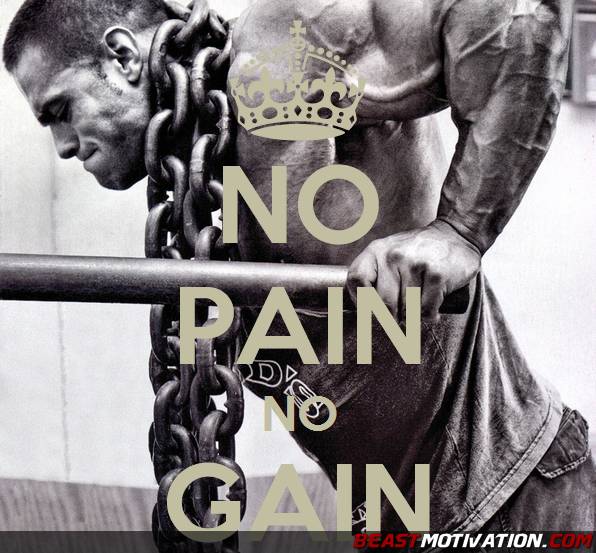
The Assumption: There’s nothing to be achieved from a workout that doesn’t leave you in a reasonable degree of discomfort.
The Reality: Where do I start with this one? I’m not saying don’t get yourself uncomfortable. Taking yourself to an uncomfortable place is necessary occasionally. But it is absolutely not required in order to make gains. A successful trainee learns to differentiate between good pain and bad pain. If it truly hurts, don’t do it. Discomfort is okay, but pain free is the ideal place to be.
The Alternative: No Pain, Continual Gain
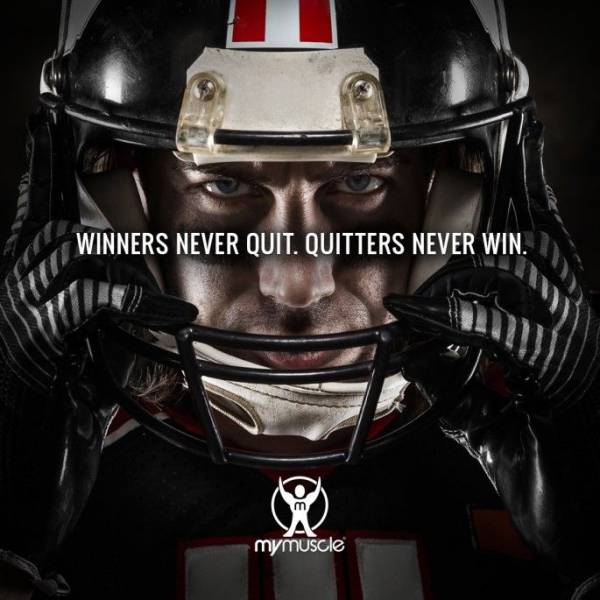
The Assumption: Quitting any session, at any time, is the worst possible option. It is always better to carry on until the bitter end.
The Reality: Knowing when to quit is a skill that sets apart the best. Knowing when a rep is past the point of no return. Knowing when a session is doing more harm than good. Knowing when a program is not working or has stopped working. These are winning skills.
The Alternative: Winners Know When to Quit
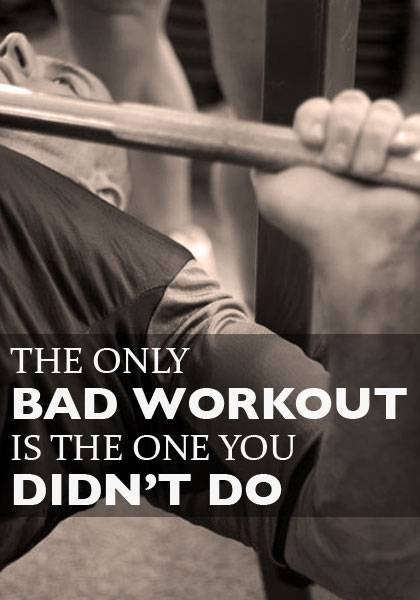
The Assumption: On any given day, doing a training session is better than not doing a training session.
The Reality: Granted, “I don’t feel like going to the gym” is not a particularly valid reason for missing a session. But when this turns into to forcing yourself to the gym no matter how you’re feeling, you need to integrate a more scientific method for determining your optimal training days (since you can’t be trusted to trust your gut). Consider the use of heart rate variability to assess your recovery and readiness to train.
The Alternative: The Only Bad Workout Is the One You Didn’t Need to Do

The Assumption: You have two choices. Either give the workout every last drop of your effort and energy, or don’t bother doing anything at all.
The Reality: This is one of my favorites. In the way that I see it all the time, and I can’t stand it. In almost every case, leaving something in the tank is preferable to giving every last drop. That’s so your nervous system doesn’t freak out, so you don’t increase your recovery time for no good reason, so your form doesn’t break down for little or no benefit, and so much more.
The Alternative: Go Home, Not Go Hard
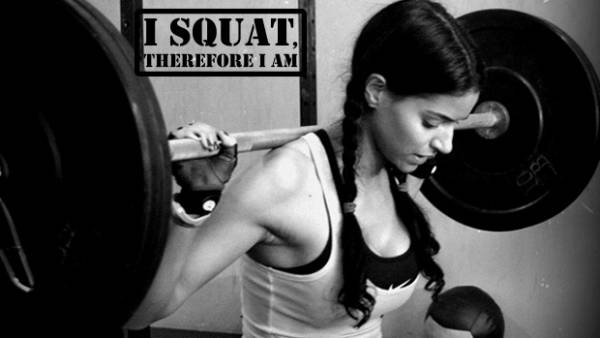
The Assumption: Squatting is for everyone. If I squat, therefore I am. Therefore, if you don’t squat, you are not. Squatting is a fundamental part of your identity and reason for being.
The Reality: No one single thing you do defines you. This may be obvious, but I see people so hung up on their daily lifting numbers that it turns into a measure of self-worth. Not to mention, not everyone needs to squat. At least not the barbell back squat variety. Everyone needs to move, though.
The Alternative: I Move, Therefore I Am
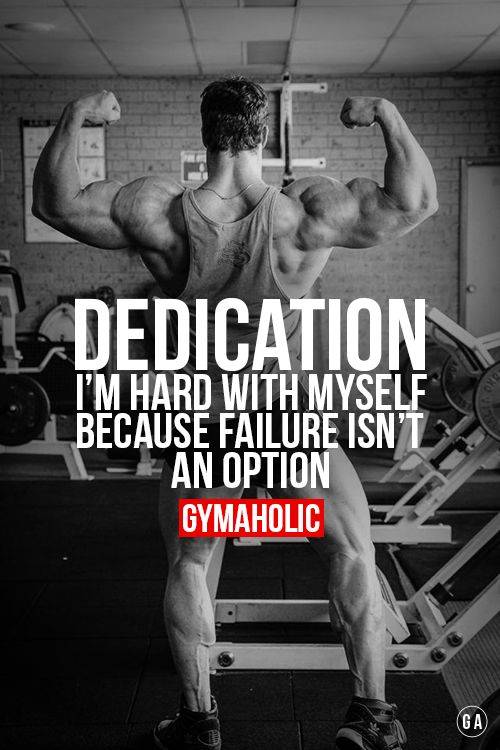
The Assumption: Everything has to be a “success.”
The Reality: This approach leaves no room for, well, anything. It leaves no room for trying something new or different, in case you fail unacceptably. It leaves no room for failing, reassessing, and doing something better. It leaves no room for learning valuable mental and physical lessons from when something goes irreparably wrong. It leaves lots of room for disaster from trying to save a rep, session, or program that is beyond saving.
The Alternative: Failure Is Not a Crime
Make Up Your Own Mind
I understand that sometimes memes are posted for their motivational appeal rather than accuracy. But the problem with Facebook, and the Internet at large, is that these soundbites become widespread, and then accepted as truth.
Blindly following the so-called advice of a quotation is easy to do, even though it’s meant to sound hard and hard-core. There’s no thought required to do what the meme urges you to do. It’s black and white. Pass or fail. Win or lose. Do or die.
The real hard part is:
- Making the choice to going against the apparent grain and empower yourself
- Taking it upon yourself to deepen your understanding of the questions at hand
- Creating your own decision-making systems from your research and learning
- Learning from each application of these systems in order to refine them
- Continually implementing this process as your priorities shift
Good luck, have fun, and enjoy the process.
You’ll Also Enjoy:






